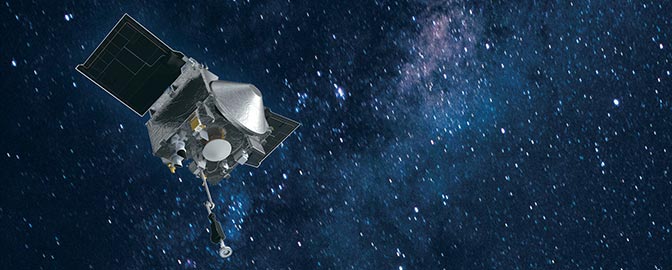What’s up in the night sky: July 2023
Welcome to our night sky monthly feature where we focus on easy and fun things to see in the night sky, mostly with just your eyes. This month: easy to see evening and morning planets.
All month: Super bright Venus is in the west after sunset. Venus is the brightest star-like object in the night sky and hard to miss.
All month: Reddish Mars is above the much brighter Venus in the evening west.
All month: Yellowish Saturn rises in the middle of the night and is high in the sky in the pre-dawn.
All month: Very bright Jupiter is low in the predawn east getting higher and easier to see as the weeks pass.

July 1: Low in the west after sunset, super bright Venus and much dimmer reddish Mars are at their closest in the night sky, within 3 1/2 degrees, before moving apart over the following weeks.
July 3: Full Moon. This is also a so-called supermoon because the Moon is near the closest point to Earth in its orbit. As a result, the Moon may look slightly larger and brighter than usual.
July 10: Mars is close to and a bit dimmer than Regulus, the brightest star in Leo. They are about as far apart as the width of a full Moon.

July 11: The Moon is nearby bright Jupiter in the pre-dawn east.

July 20: The crescent Moon is near reddish Mars in the evening west.

You can get weekly sky updates as well as weekly trivia and Random Space Facts in the What’s Up segment of Planetary Radio.
Learn more about the Night Sky
Our journey to know the cosmos and our place within it starts right outside our windows, in the night sky. Get weekly reports on what's visible and learn how to become a better backyard observer.

Bruce Betts
Chief Scientist / LightSail Program Manager for The Planetary Society
Read more articles by Bruce Betts


 Explore Worlds
Explore Worlds Find Life
Find Life Defend Earth
Defend Earth


